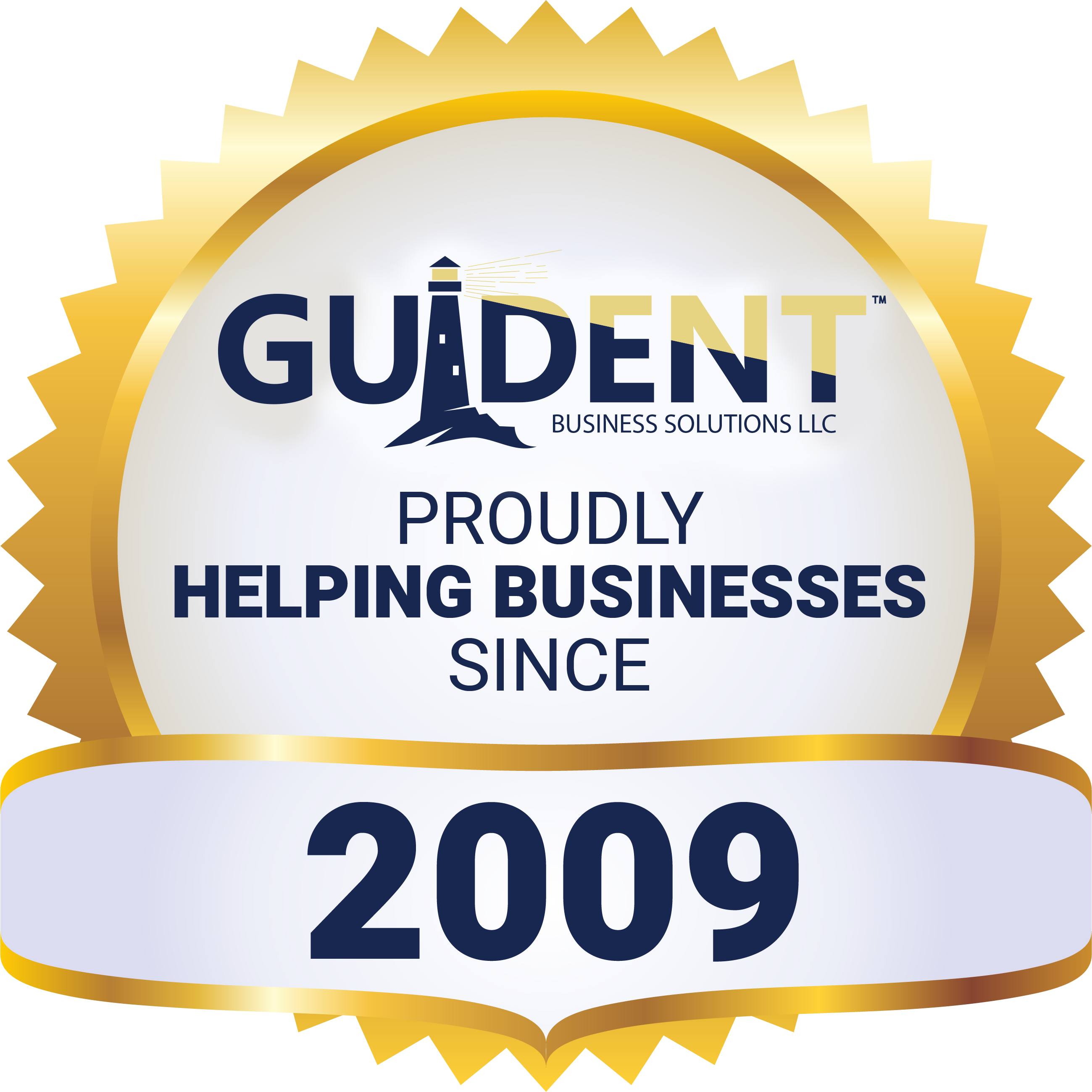Lower prices are not always the answer!
One of my first “official” jobs I held, not counting the paper route that I had for years, was a clerk at a local grocery store. One of my first memories of working in the local store was when the owner, Mr. Prellwitz, came to me with a roll of scotch tape and several rolls of new pennies. He told me to tape a penny, with Lincoln’s head facing up, on each of the loaves of bread, which were on several racks lined up against the wall. So I did exactly what Mr. Prellwitz asked of me, but even as a sixteen-year-old high school kid I had to wonder why I was doing this. When I was done and Mr. Prellwitz came to inspect my work, I asked him, “Why did you have me do this?” He said the other grocery store in town was running a promotion and giving bread away to everyone who shopped in their store that day, and he was going to “do him one better” and pay his customers a penny to take his bread! He said it with an aggressive tone and, as I remember, was rather proud of the idea. Still, I couldn’t […]

